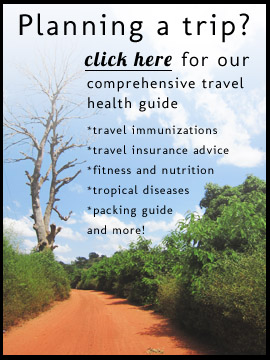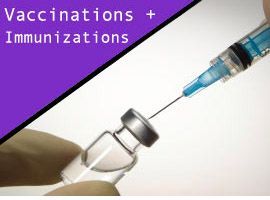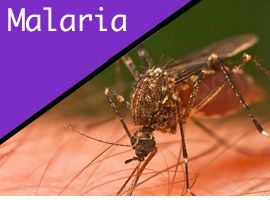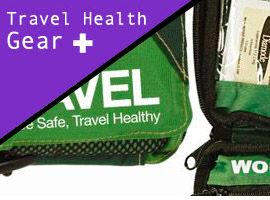Last year, I had a string of accidents that involved blood loss. I tore open the bridge of my nose on a colleague’s elbow, I gashed my toe on a tree stump and I ripped my leg open after falling into an open sewer in Ghana (pic to the left).
In each case, I was in an urban area and I had easy access to medical care. But what if you are not in an urban area and there are no clinics, doctors or treatment facilities nearby? This post will explore your options in such a situation.
How bad is the wound? What are the first steps?
Ok, so you got a cut. The first thing you need to do is assess it. If your internal jugular vein – the largest vein in your neck – is cut, you can skip this step, because you’re probably going to bleed to death in a matter of minutes.
However, cuts that don’t involve major veins and arteries are a lot more manageable, even if the size of the wound is significant.
If it is a minor cut, your first priority should be to clean the wound and then apply sterile bandaging.
If it is a major cut – characterized by a deep, open wound and gushing blood – your first priority should be to stop the bleeding. Use a clean cloth, shirt, towel – doesn’t matter too much as long as it is clean. If the bleeding soaks through, apply another clean cloth on top, rather than taking off the original.
Note: many serious cuts that require stitches can in fact heal without them. This often means the cut won’t heal in a pretty fashion and it may reopen several times depending on where it is on the body. This is just to say that you shouldn’t worry about death from blood loss as long as a major artery or vein was not severed.
Seeking medical attention and warding off infection
Ok, so you do not have access to medical care. We got that. The thing is, you need to make your way to somewhere that does have care, even if it takes you several days. You should be able to get the bleeding to stop with adequate pressure, but you may be unequipped to clean the wound if you do not have the proper materials. Large open wounds are much more susceptible to infection than smaller, more minor cuts.
 In a perfect world, you would be equipped with a sterile saline solution to flush the wound and you would then apply an antiseptic cream. If you don’t have any of these things, the urgency level goes up and you need to get to a clinic as soon as possible. Alcohol based products (yes, even vodka) may help to sterilize some of the wound, but they are unlikely to provide 100% sterilization.
In a perfect world, you would be equipped with a sterile saline solution to flush the wound and you would then apply an antiseptic cream. If you don’t have any of these things, the urgency level goes up and you need to get to a clinic as soon as possible. Alcohol based products (yes, even vodka) may help to sterilize some of the wound, but they are unlikely to provide 100% sterilization.
If you know that it will be several days before you will make it to a medical facility, you can take a broad spectrum antibiotic like cipro to preemptively fight off infection. An 1000mg dose will be sufficient for the first 12 hours and then 500mg every 12 hours afterwards (note: be sure to talk to your doctor before traveling about self-administering an antibiotic. We are not doctors.)
Other things to consider
Tourniquets – Tourniquets are controversial and for good reason. They can cause serious damage to tissue and in some cases, entire limbs. While some survival experts may recommend them in certain extreme instances of blood loss, we will not offer any tourniquet making advice on this site. You will have to do your own research for that.
Be prepared – You may not be close to a medical facility, but you can be prepared in your own way. For starters, you should have a solid first aid kit. You can make your own, or you can buy a decked out kit from a company like Smart Travel (see our recommendation for first aid kit here). You should also be sure to talk to your doctor about what to do in such a situation before hand as they may be able to offer even more specific tips. While at your doctor’s, you can make sure your immunizations are up to date (tetanus is important in this case) and you can talk about self-administering antibiotics if the situation were to arise.












{ 0 comments… add one }